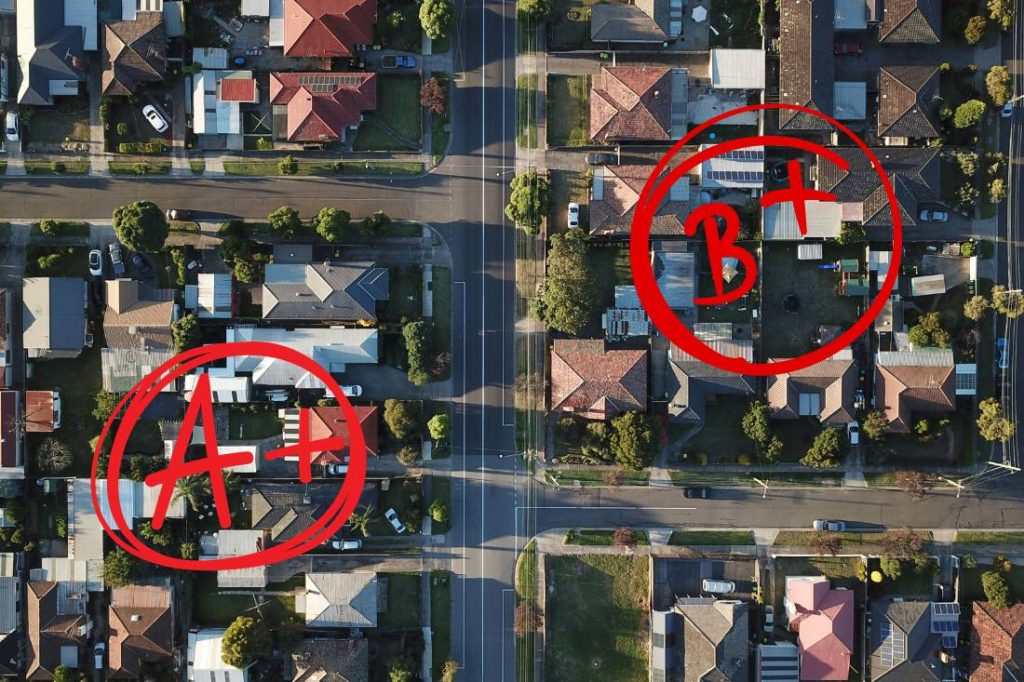How are you coping with the rate hikes?
If the November rate hike will seriously stretch your finances, one potential solution may be to extend your loan term. It can ease the hip pocket pain by lowering monthly repayments. But taking more time to pay off your mortgage can come with hidden downsides. Here’s what to weigh up.
Will the RBA’s latest 0.25% cash rate rise squeeze you financially? (not to mention the other 12 rate hikes!)
The majority of lenders lost no time increasing their variable home loan rates following the Reserve Bank of Australia’s 0.25% Melbourne Cup Day rate rise.
According to Mozo, the 13th rate hike since May 2022 has pushed up the average variable rate to 6.62%.
What does that mean in dollars and cents?
On a $500,000 variable rate home loan payable over 25 years, the latest 0.25% rate hike can see monthly repayments jump by $78.
For homeowners who didn’t have much fat left to cut from their budget, those extra dollars can be hard to find.
One potential strategy that may help to lower repayments is to stretch out your loan term.
How extending your term can reduce repayments
If you have a 25-year loan, your lender may give you the option to extend for up to five more years, possibly pushing out the term to 30 years.
If you get the green light, this kind of reset can significantly lower your monthly repayments.
On the $500,000 mortgage we looked at earlier, moving from a 25-year loan to a 30-year loan could cut monthly repayments by around $214 – even after allowing for the November rate hike.
The hidden cost of a longer term
There’s a lot to love about the prospect of slashing a couple of hundred bucks off your loan repayments each month, especially as we head into the festive season.
But pushing out your loan term can come with a hidden cost.
Taking longer to pay down your loan means you’re also paying interest for longer. And while your repayments can decrease, the long-term interest cost can skyrocket.
Stretching a $500,000 loan from 25 to 30 years could mean paying a whopping $128,000 more in total interest.
It’s worth keeping in mind though that those extra interest repayments aren’t a given.
You may be able to close the gap and cut down the interest cost by either making extra repayments in the future, loading up an offset account, or paying off the loan early (if, for example, you receive a lump sum inheritance).
So the upshot is that stretching your loan term can be a short-term fix now, but you’ll have to weigh up the costs against the benefits, not to mention whether you think you’ll be in a better financial position later down the track to pay down the loan quicker (and thus reduce the interest payments).
Other ways we can help
Along with exploring extending the length of your loan, we could also help you look into other solutions to ease the pain of higher rates.
Options that may be available with your lender include:
– temporarily lowering your loan repayments;
– deferring repayments for a while; or
– shifting you to interest-only payments for a set period.
The common thread is that the earlier you reach out for assistance, the sooner we may be able to help you get some financial relief.



